Personal development is a crucial part of professional advancement. A personal SWOT analysis is one of the most effective actions you can take toward self-development, therefore, understanding a SWOT analysis can help you develop more effective strategies for personal development. In this article we extracted from Indeed, we discuss what a SWOT analysis is, explore its elements, identify why it’s essential, and provide steps for how to conduct one on your own.
A SWOT analysis is a model for analyzing the various factors that can affect the attainment of a goal. SWOT stands for strengths, weaknesses, opportunities, and threats. Individuals perform a SWOT analysis to help them develop plans to achieve goals. The popular format for SWOT analysis is dividing a square into four smaller squares with different colours. Each court addresses each element.
Strengths
Strengths usually refer to positive attributes or possessions that come from you or which you perform. Your strengths are the qualities, skills, resources, or benefits that can help you accomplish a task or achieve a result and sustain it. Strengths can be intangible or tangible. Intangible strengths include talents, skills, behavioural qualities, relationships, intelligence, and education. Real strengths include money, educational materials, equipment, and amenities. Strengths can be qualities that sustain your passion, help you solve problems, make your work easier, or guarantee results.
Weaknesses
Your weaknesses are the qualities or circumstances that make it more difficult for you to achieve a goal. Internal weaknesses are personal shortcomings. They include laziness, procrastination, low confidence, and negative behaviours. Situational weaknesses refer to circumstances that prevent you from achieving a goal. They include poverty, lack of access to education, and exposure to violence. Weaknesses can also be performance-based. This includes poor grades, an inefficient resume, and a lack of work experience.
Opportunities
Opportunities are situations, events, or platforms in your environment that can help you achieve your goal. Usually, you can leverage them to help you achieve your goals faster or more effectively. While some elements might fall under strengths and weaknesses, opportunities often refer to advantages independent of you. Some opportunities are apparent, while others require a little creativity for you to identify them. Good examples of opportunities are:
- A robust economy.
- A new company in your field.
- Reduced business registration fees.
- Higher demand for a product.
Threats
Threats are external conditions or situations that can jeopardize your goal. Threats are independent of you but can capitalize on your weaknesses when affecting you. For example, anything that slows down or interrupts your progress can qualify as a threat. Sometimes, we allow threats to persist due to our weaknesses. Similarly, threats can also worsen our shortcomings. Examples of threats include a hostile employer or colleague, new competitors, disruptive technologies, distractive friends, and economic crises.
The benefits of personal SWOT analysis
A SWOT analysis is a thorough process that requires deep reflection. Consider your personality, values, and skills to design a practical SWOT analysis. This can help you realize elements about yourself that may have gone unnoticed before. Consulting friends and family about your SWOT analysis can help you receive constructive feedback from them. Seeing yourself from other people’s perspectives can also help you with self-discovery. All these can help you improve your self-esteem, increase your focus on your goals, and prepare for potential setbacks.
A practical SWOT analysis shows your current position and your opportunities. Your SWOT analysis already has the information you need to develop a strategy. Unlike other methods, the SWOT analysis ensures that your plan suits you precisely. In addition, when you design a system with your analysis, you’re likely to prioritize opportunities that align with your strengths. This can increase your chances of success.
By identifying your strengths and opportunities, you become more aware of your advantages. This can motivate you to capitalize on them and be more productive. Identifying your weaknesses also makes you more aware of them. This can help you develop measures to avoid them so you can be a more effective individual. A SWOT analysis also motivates you to create a strategic schedule. An effective plan can increase your productivity by improving accountability and clarifying tasks.
Credit: Indeed.ca


No responses yet